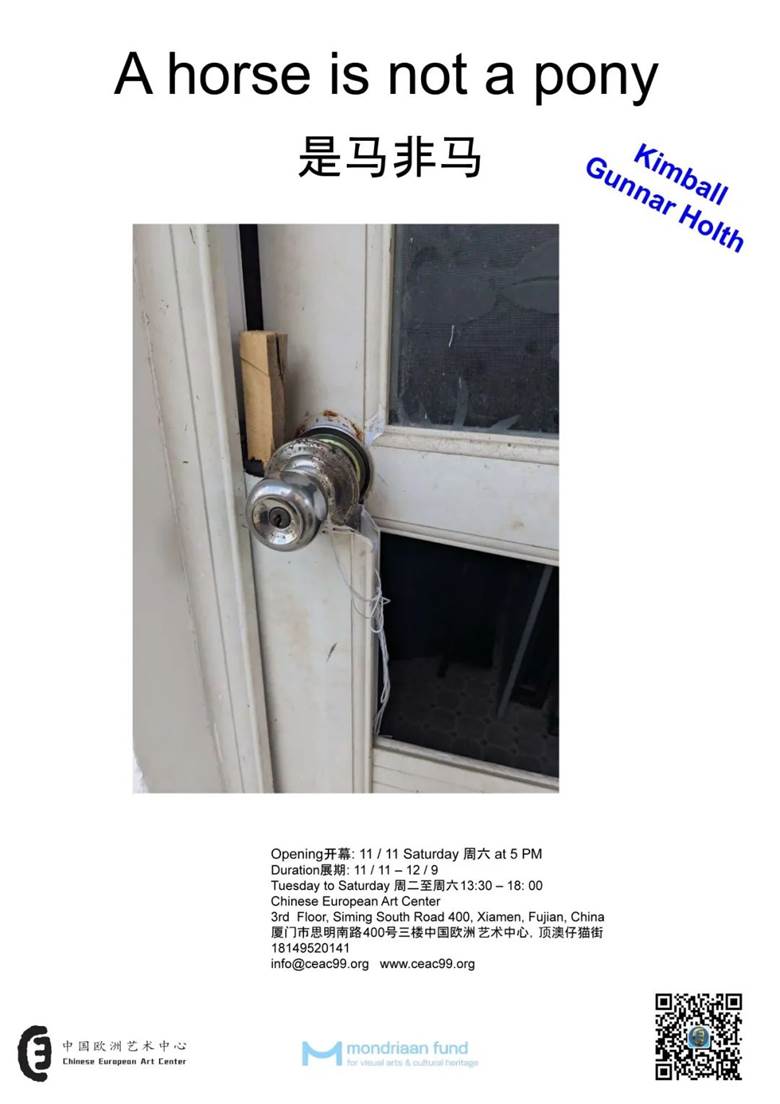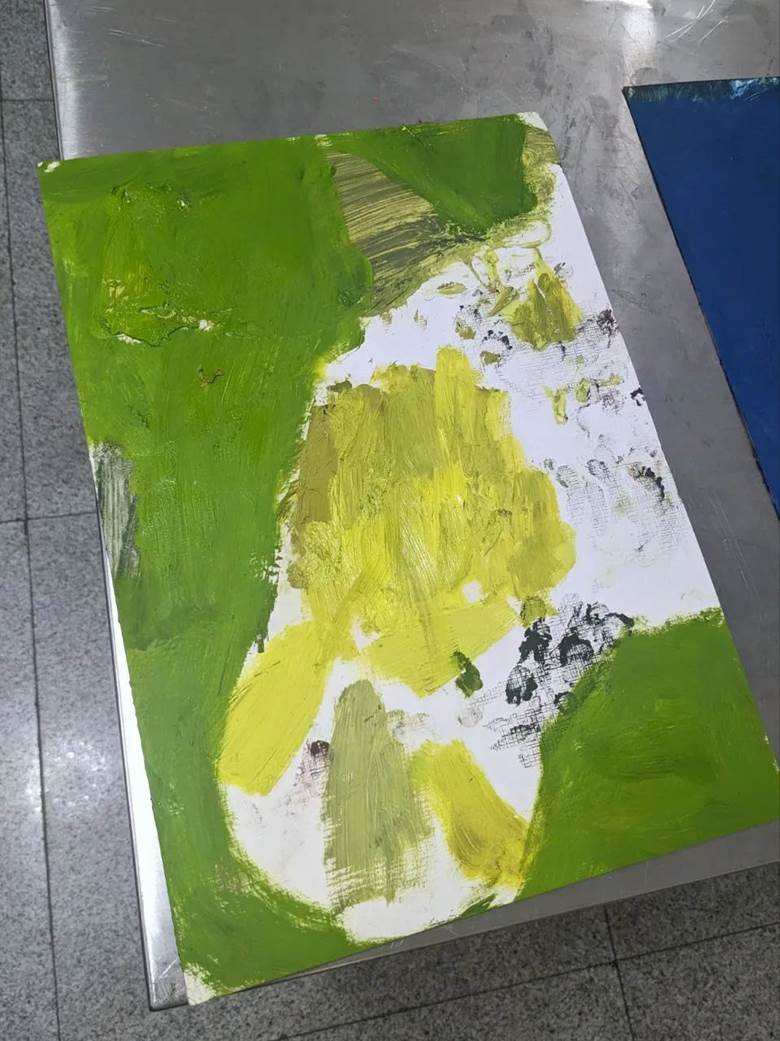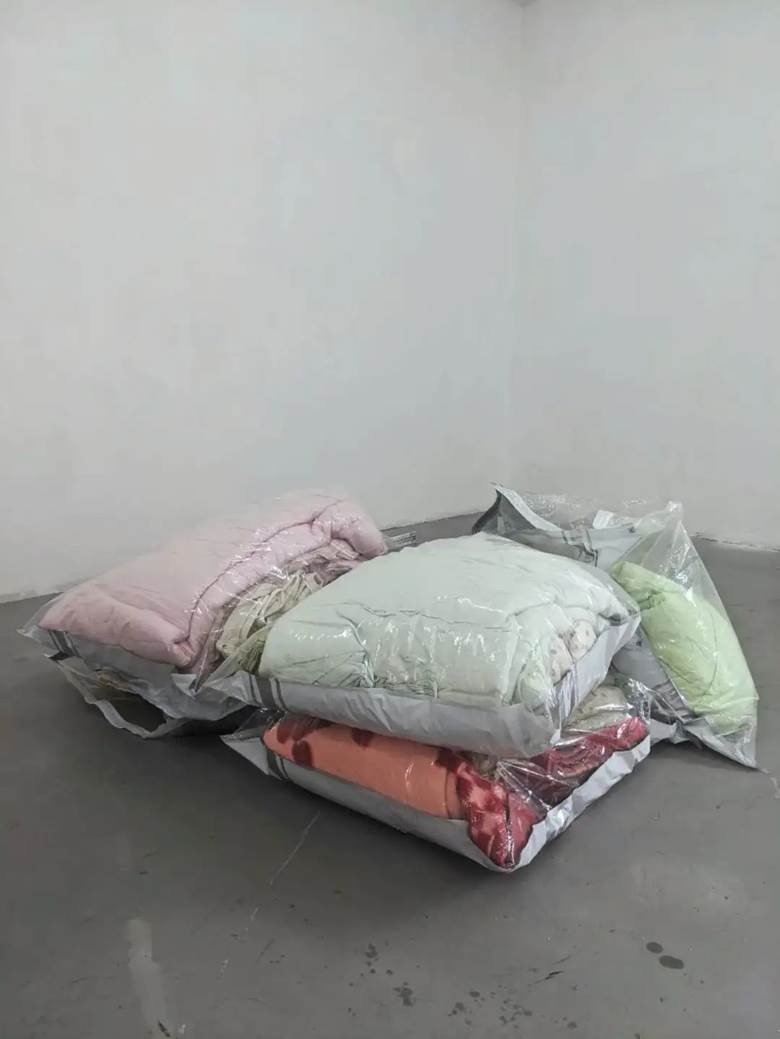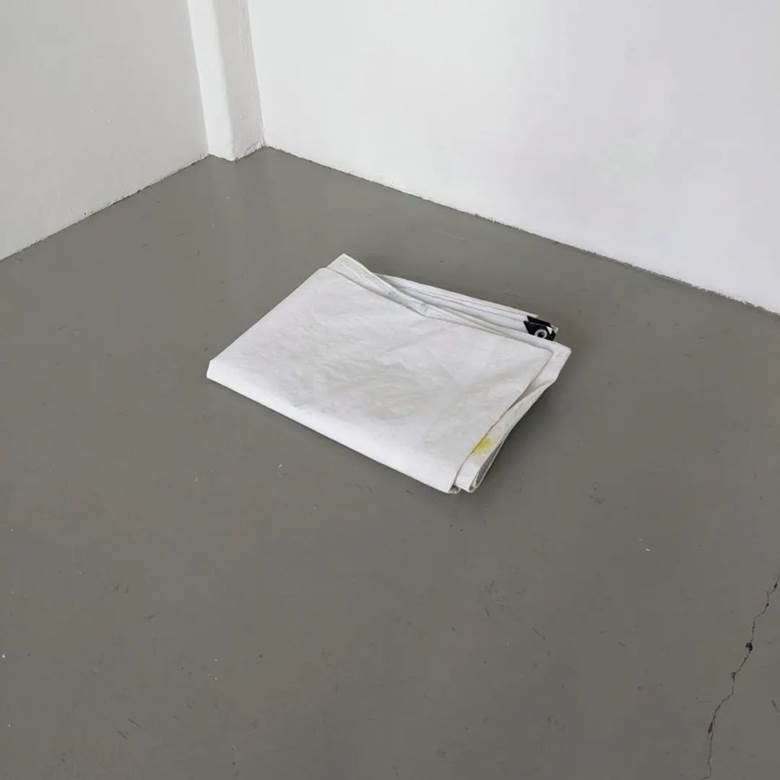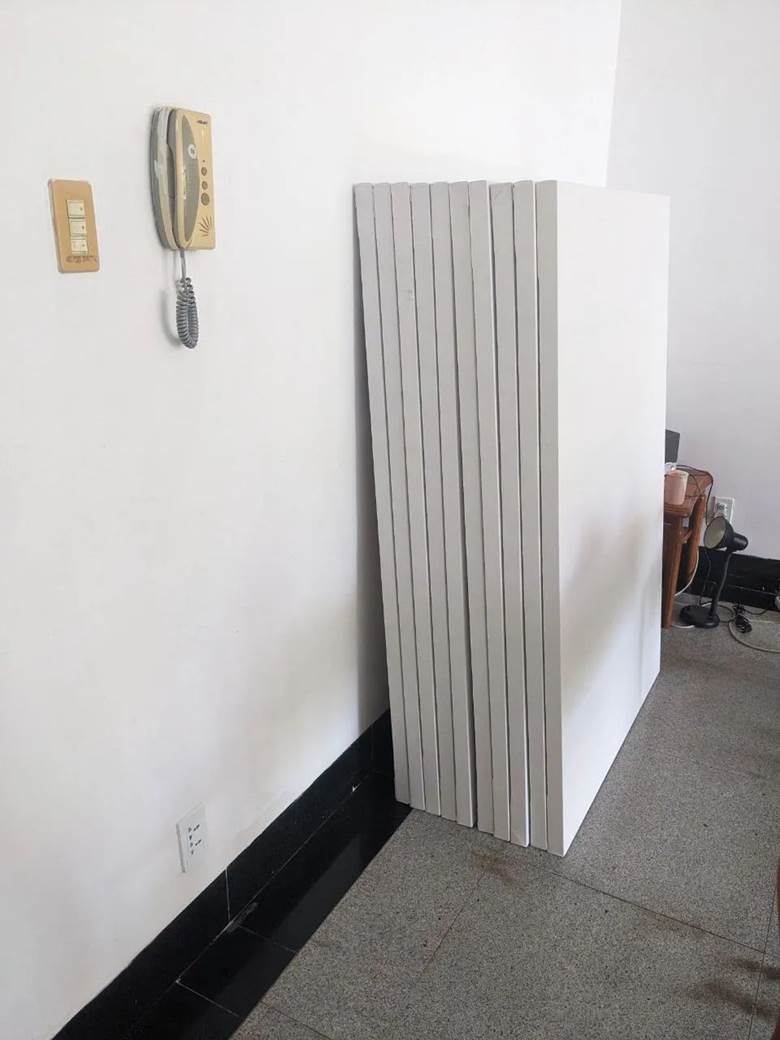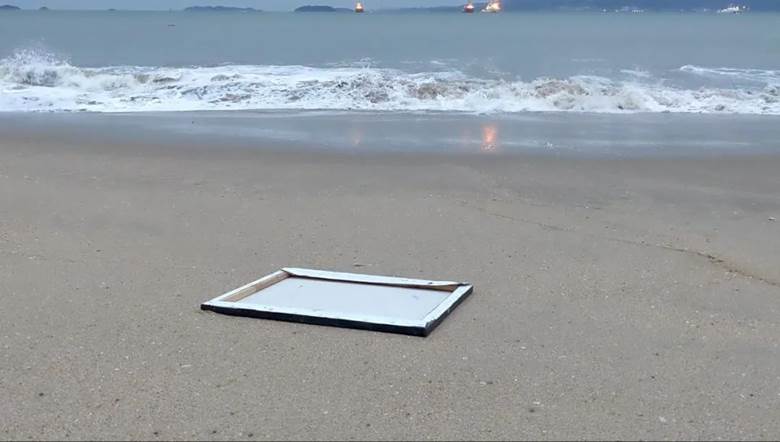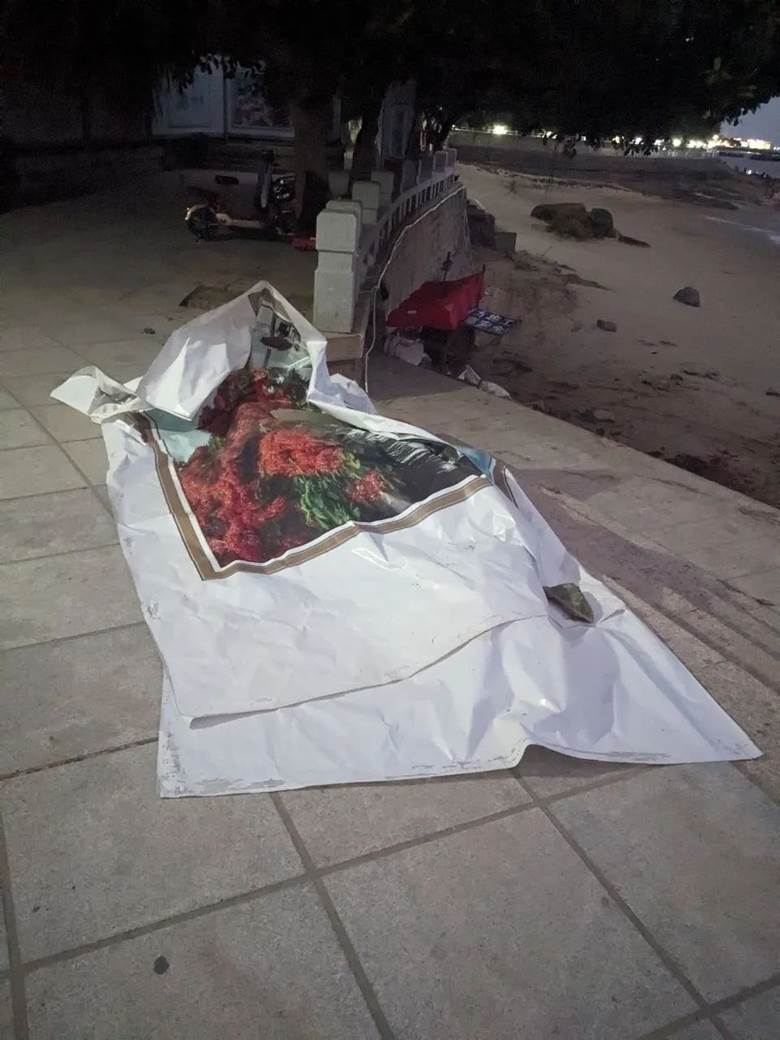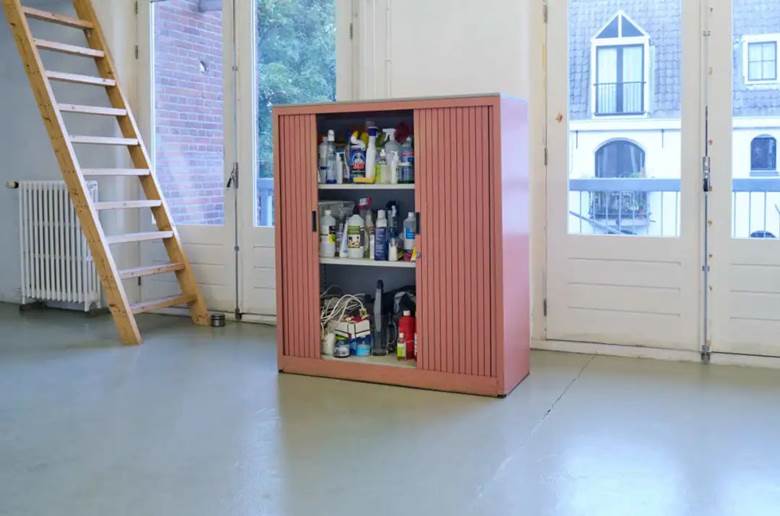Opening: 11 / 11 Saturday at 17:00 Duration: 11 / 11 – 12 / 9Tuesday to Saturday 13:30 - 18:00Chinese European Art Center
首先,艺术家通常会选择材料,然后在做出一系列决定后,使用这些材料创作一件作品 -- 例如绘画或雕塑。但是,如果艺术家拒绝做出这些决定,却仍然想创作一件作品,那该怎么办呢?在Kimball Gunnar Holth的作品中,这些决定都没有做出,我们看到的是一种从未完全成型的图像搜索。一张组装了一半的床,毯子和床单被装在塑料袋里,床垫却不见踪影,这表明这是一个虚假的开始,或者说是一次被放弃的尝试,试图达到某种秩序。他一次又一次地描绘一匹马(或一匹小马?), 然而,它的脸上却是一堆难以分辨的随意印记。这些作品提出了 "什么是重要的 "和 "什么是不重要的 "的问题,这与 "什么是艺术 "和 "什么不是艺术 "的问题类似。艺术家在创作时,也可以选择什么都不做 -- 等待,看看画布上已经发生了什么,对不同于你想象的结果持开放态度。There is a distinction between the moment an artist starts and the moment they finish an artwork.In the first place, the artist typically chooses the materials and then, following a series of decisions, they use those materials to create an artwork - for instance a painting or a sculpture.But what if an artist refuses to make those decisions while still wanting to make an artwork? In the work of Kimball Gunnar Holth, those decisions are left unmade, and we see a search for an image that never fully takes shape.A half-assembled bed, blankets and sheets packed in plastic bags without a mattress in sight suggest a false start, or an abandoned attempt to reach some sort of order. He paints the silhouette of a horse (or a pony?) again and again, yet its face is an indistinguishable collection of random-looking marks.These works ask the question of what is and isn't important, which is similar to that of what is and isn't art. When an artist does something, there is also an option to do nothing - to wait and to see what is already happening on the canvas, and to be open to a different outcome than the one you had in mind.

